VR Content Designed For Education
Immersive Content Available on the ClassVR portal
At ClassVR, we offer hundreds of thousands of immersive scenes, images, and videos, each designed to spark curiosity and deepen understanding across every subject and age group.
Whether you’re teaching science, history, literature, or geography, each subject or topic has access to mulitple ready-to-use lesson plans, multi-sensory experiences, and interactive content that bring your curriculum to life.
Filter
-
Content by Model
-
Content by Subject
-
Content by Relevance
-
Content by Subscription
-
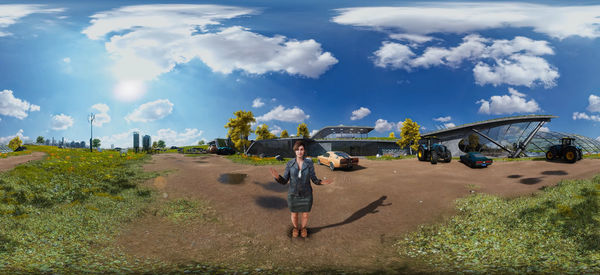
Career
Explore immersive career experiences in health science, STEM, welding, job readiness, and more.
-

Space
Blast off into space and explore rovers on the Moon, missions on Mars, and the International Space Station.
-
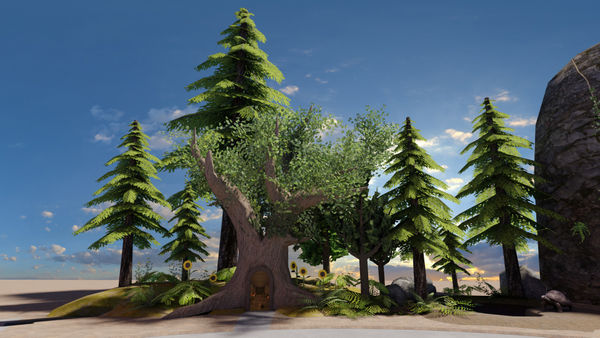
Plant Biology
Discover what plants need to grow while exploring photosynthesis and chemical reactions, perfect for multiple grade levels.
-

Paleontology
Learn about the evolution of prehistoric animals during the Mesozoic era and get up close to the dinosaurs that once roamed the…
-
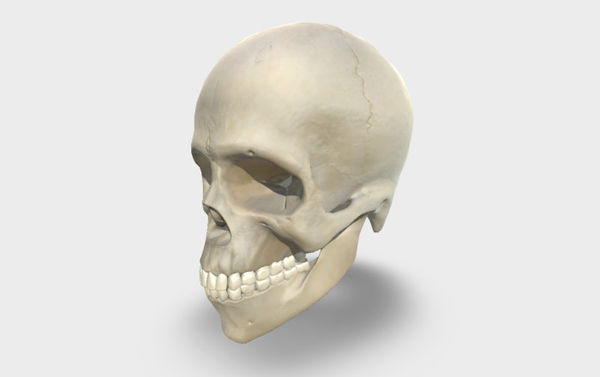
Human Biology
Dive into the inner workings of the human body, from the heart and cardiovascular system to the anatomy of the villus.
-
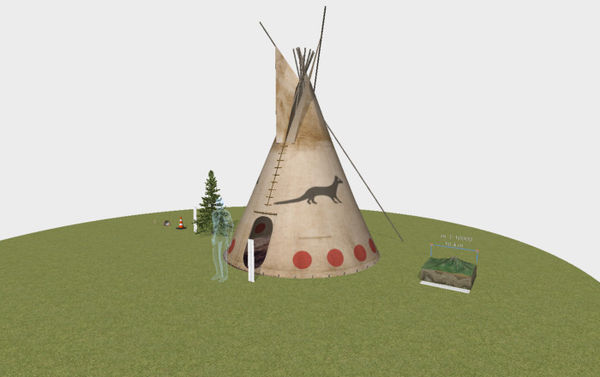
Geometry
Help students visualize complex shapes and understand their unique characteristics.
-
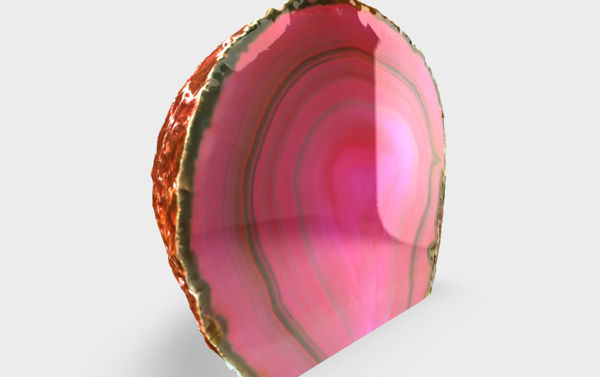
Geology
Understand how tectonic plates shape the land, explore what lies beneath the soil, and discover the forces driving Earth’s continents.
-
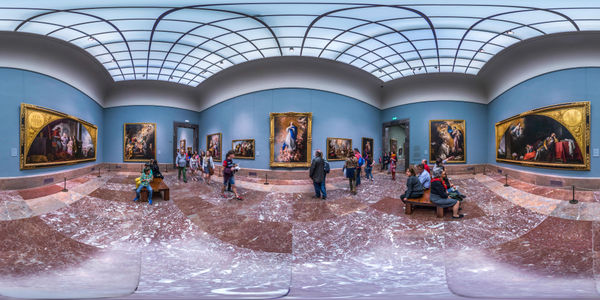
Culture
Learn about arts, traditions, festivals, and ancient civilizations from around the world.
-

Animal Biology
Study animal cells, cardiovascular systems, adaptations, offspring, ecosystems, and the diversity of marine life.
Immersive Content for Every Lesson
Every piece of ClassVR content is designed to support your curriculum and make lessons more engaging. With ready-to-use resources, you can bring immersive learning into any classroom with ease.
ClassVR Resources Includes
- Learning objectives to guide outcomes
- Discussion prompts to spark curiosity
- Suggested activities for hands on learning
- Cross-curricular links to broaden connections
- Worksheets and quizzes to integrate to lesson plans
Types of VR/AR Resources
3D Models
Immersive scenes
360° images and videos
Frequently Asked Questions
What is the Eduverse?
The Eduverse is the home for all ClassVR content. It includes explorable scenes, 360° images and videos, and 3D models – everything teachers need to bring immersive learning into the classroom.
We offer different subscription options:
- Eduverse – A complete library of immersive VR and AR content, designed to support teaching across the curriculum.
- Eduverse+ – For schools ready to take immersive learning further, with tools to create, explore, and connect learning to the real world. Including AI content generation, interactive 3D models and immersive wildlife experiences.
EduverseCTE – Interactive simulations designed to bridge the gap between classroom learning and real-world careers. Includes job shadowing, soft skills practice, and hands-on technical training.
Is the content curriculum-aligned?
Yes. All ClassVR content is curriculum-aligned.
Our team of Education Specialists create and curate content that reflects classroom learning and provide teacher and student notes to guide learning. These resources make it easier to plan and deliver lessons with confidence.
Can I use ClassVR immersive content in a different headset?
Yes, our Eduverse subscriptions can be used on any VR headsets as long as they have access to an internet browser.
To get started with Eduverse, click here to contact sales.
What age ranges does ClassVR cater for?
ClassVR headsets are designed for all ages, with adjustable straps and lenses that make them comfortable and accessible for every student.
The Xplorer headset is ideal for early years, primary and lower secondary use, while the Xcelerate headset is designed for older students and offers a more advanced, interactive experience.
Can teachers create their own VR content?
Educators can easily create and upload their own content to the ClassVR Portal. This could be 360° photos and videos captured on a camera or interactive resources designed on third-party applications such as ThingLink or CoSpaces.


